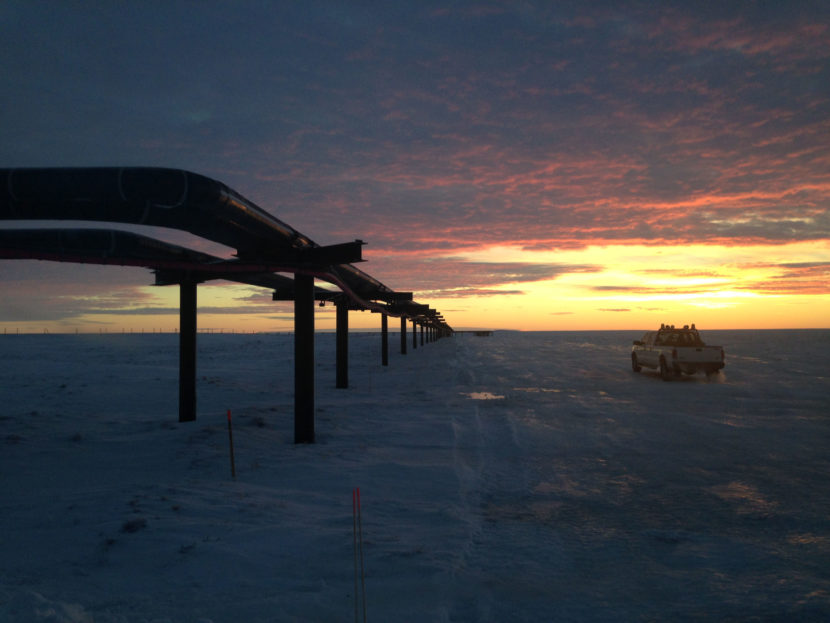
The state gets the bulk of its royalties from oil produced on the North Slope in the form of oil rather than in payments from the producers.
This week, lawmakers are considering a contract to sell some of that royalty oil to the Alaska-owned refinery and fuel marketing company Petro Star.
Jim Shine, commercial manager for the Division of Oil and Gas at the state’s Department of Natural Resources, said the state makes more money if it receives its oil “in kind” — or in oil — rather than “in value” — meaning in cash.
“When the state elects its royalty oil in value, the producer ships the oil and sells it alongside their own production, on the state’s behalf,” Shine said.
That means the state has to pay what it costs to move that oil from Valdez to the West Coast. On average, that’s about $3.50 per barrel.
So, for the last 38 years, the state has kept its royalty oil and sold it. Usually, the state sells to in-state buyers, dodging that transportation cost. Currently, the state is in a five-year contract with Tesoro. It sells between 20,000-25,000 barrels per day to the company.
By contrast, Petro Star — a subsidiary of the Arctic Slope Regional Corporation — will be able to draw 18,800-23,000 barrels per day this year. That number will drop over the next five years based on state estimates of lower flow in the Trans-Alaska Pipeline.
“In the past, the state has had maybe a little bit more comfort in our royalty shares over a longer period of time. For instance, we’ve had 10 year contracts for royalty sales before,” Shine said.
But as volume in the Trans-Alaska Pipeline drops, so does certainty in the amount of oil the state will have to sell.
These kinds of contracts do carry some risk. If Tesoro or Petro Star were to default on paying for the oil or taking it from the producers on the North Slope, the state could be left with thousands of barrels of unsold oil. Currently, the state has a $46 million bond from Petro Star to cover the costs of the company defaulting on payment – or the state having to re-sell the oil.
This year, the state expects to get 50,000-55,000 barrels per day of royalty oil from North Slope production.
Rashah McChesney is a photojournalist turned radio journalist who has been telling stories in Alaska since 2012. Before joining Alaska's Energy Desk , she worked at Kenai's Peninsula Clarion and the Juneau bureau of the Associated Press. She is a graduate of Iowa State University's Greenlee Journalism School and has worked in public television, newspapers and now radio, all in the quest to become the Swiss Army knife of storytellers.




